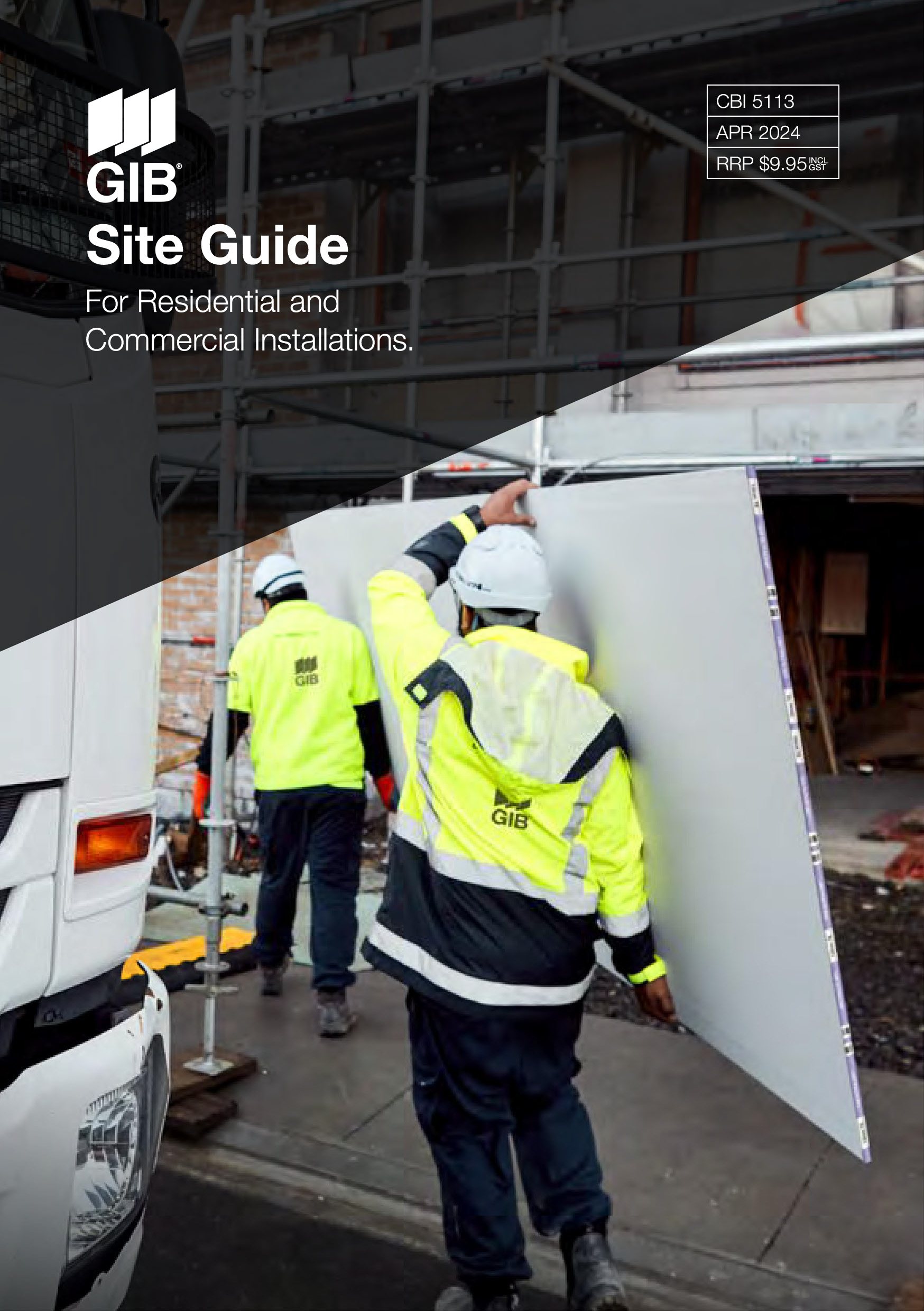
7 Things to consider when installing Wall Lining
01. Ensure timber framing is dry (less than 18% moisture content) and straight before fixing GIB® plasterboard. This will help prevent shrinkage, cracks, nail popping or other problems in the future.
02. Fixing GIB® plasterboard sheets horizontally instead of vertically on walls reduces the number of joints, helping to achieve a more uniform appearance. Orientation of sheet layout should be considered when there is critical light (skylights, windows, light fitting, etc.)
03. Hold the plasterboard sheet tight against the framing, approx. 5-10mm off floor, and sink in screws to just below the sheet surface, leaving the paper intact.
04. Do not fix screws through; or closer than 200mm to adhesives. This can cause the screws to ‘pop’ as the adhesive dries and shrinks.

05. Vertical joints must not coincide with the edge of windows or doors. These should be made above the opening, approximately 200mm to the edge of the opening.
06. Control joints to be placed in walls at a maximum 12m spacing in each direction or at other points which may be the subject of underlying structural movement. This is to relieve stresses imposed by structural movement or changes in humidity and temperature.
Framing dimensions and structure performance must
comply with the requirements of NZS 3604:2011.
The GIB® Site Guide contains all the information you’ll need to install a quality wall.

